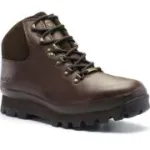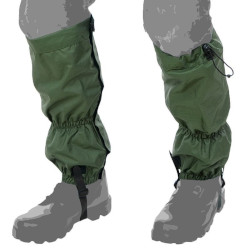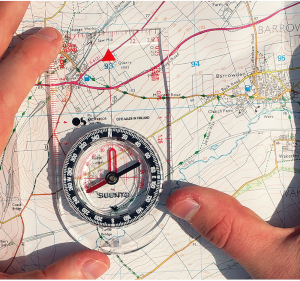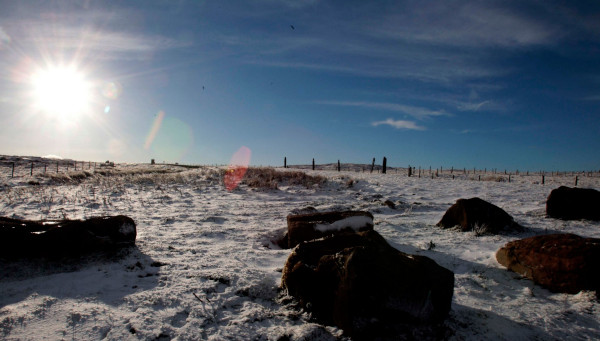Participants in our hikes must wear and carry the appropriate gear and should be prepared at all times for unexpected weather and events. Safety is paramount, so DO NOT endanger yourself or the group by being unprepared.
Rain gear: Is absolutely essential. A waterproof jacket and over-trousers are always needed. It might be a sunny morning at the meeting point but British weather is notoriously changeable. Be prepared!
TIP: If purchasing waterproof trousers, look out for side opening zips to at least the knee, so they can be pulled on without removal of walking boots
Walking boots: Boots must be sturdy, with proper ankle support and a non-slip rigid sole. Waterproof boots are better, remember dry feet are happy feet.

Clothing: Multi layers work well: a base layer, fleece and outer rainproof jacket. Cotton retains moisture, making the wearer cold and may lead to hypothermia, so, NO cotton please. This applies to trousers too, so no jeans. Bring something extra, like another fleece – remember you could get cold.
Gloves, warm hats and maybe spares are a good idea. Wool socks are great to keep your feet warm even if they get wet.

Gaiters: Those not familiar with the British hills and weather may well wonder, “why do you need gaiters?”. Though not an essential item, there are a number of valid reasons to use them:
- Crossing streams is usually a much drier experience!
- It rains a lot particularly on the western side of the Pennines, so muck will get into the laces and over the tops of footwear.
- Even if it hasn’t been raining for a few days, you are still likely to meet a patch of bog at some point.
- Dirt worn into the bottom of trousers is very difficult to shift.
- Bits from heather & bracken that make their way into your boots are uncomfortable & an absolute pain to remove from socks!
- Sheep ticks live in the heather & bracken, attaching themselves to bare legs as you brush past. While a minor annoyance in themselves, they can pass Lyme Disease, which is not a minor ailment. If not caught in time, it can lead to symptoms like MS.
Other items:
Bring plenty of hot and cold liquids, a packed lunch and maybe some extra food if we are out longer than expected.
Whistle, plastic are best.
A torch with a spare bulb and batteries.
Survival bag or bivi bag.
A small First Aid Kit.
Map and Compass would be great to develop your navigation skills. Do not rely on there being an adequate mobile phone signal in all areas we visit.

Walking sticks are helpful to take the weight off your knees.
Don’t forget the sun block and a sunhat, that’s if we get any sun this year.
And a change of clothes to leave in the car for the end of the walk!

Holme Moss – visited March 2023 (Credit: Kim Elliston)
